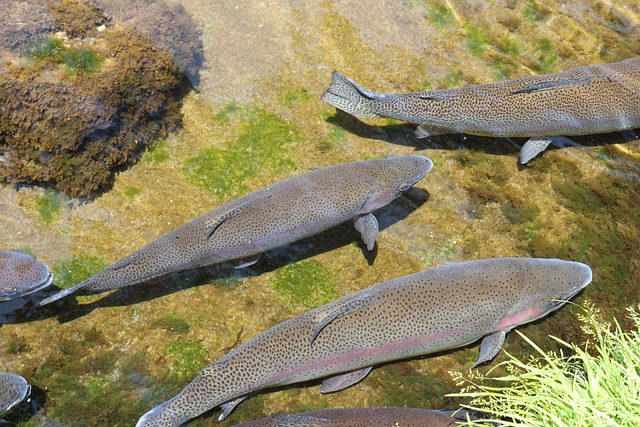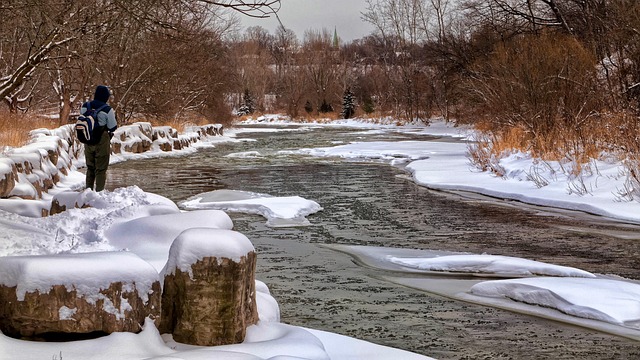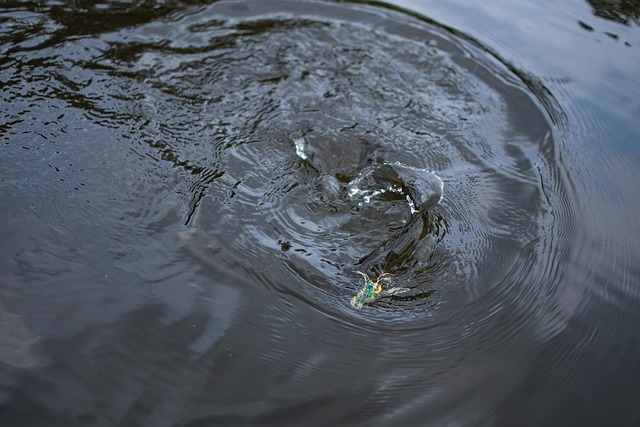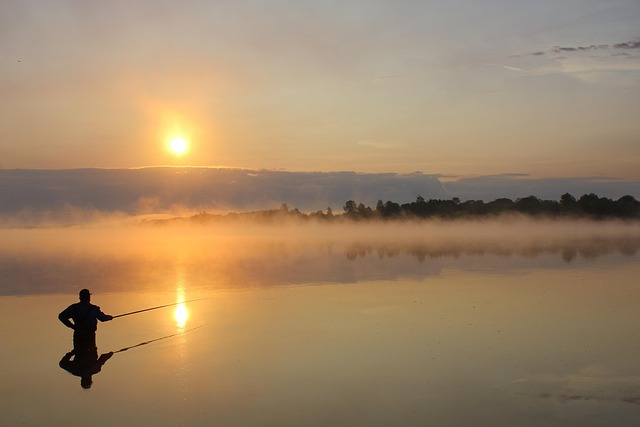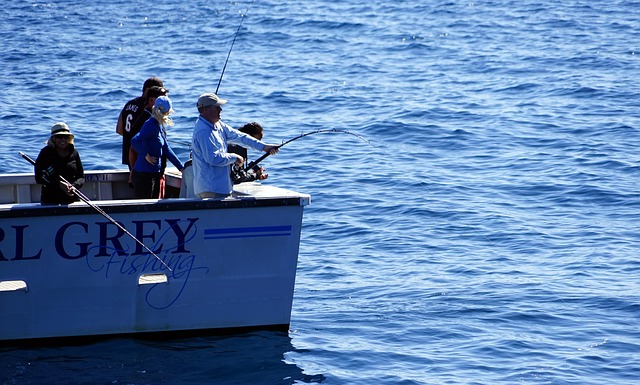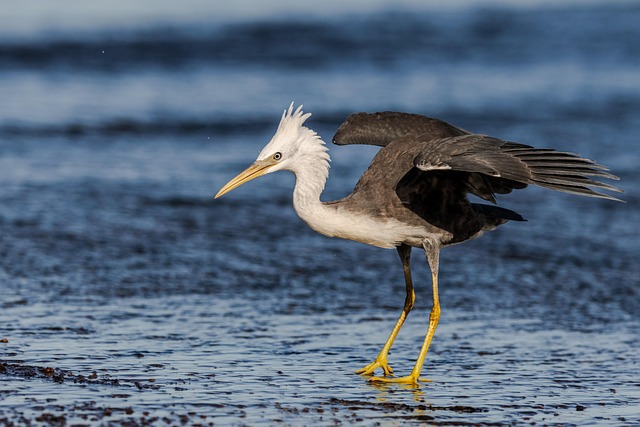The McKenzie River in Oregon is renowned for its exceptional biodiversity and fishing opportunities, particularly Chinook salmon and native trout. Conservation efforts focus on preserving water quality, critical habitats, and managing human impacts to maintain the river's ecological balance. Historical data reveal trends of population fluctuations due to human activities, underscoring the need for habitat restoration, fishing regulations, and invasive species management. The health of fish populations is tied to environmental factors, necessitating flow regulation strategies that support diverse species. Community involvement, including volunteer projects and catch-and-release policies, has led to increased native fish diversity. Future research should focus on long-term impacts of climate change and human activities, with robust monitoring systems tracking fish populations and their migration patterns for informed conservation decisions.
“Uncovering the health of the McKenzie River’s fish populations is vital to understanding this unique ecosystem. This comprehensive article explores the intricate dynamics of the river’s habitat, tracing historical data trends and environmental influences on its diverse fish species. We delve into successful conservation efforts and emphasize community collaboration for sustainable practices.
Through examining these factors, we aim to guide future research, ensuring the long-term protection of McKenzie River fishing while preserving its rich biodiversity.”
- Understanding the McKenzie River Ecosystem and Its Fish Habitats
- Historical Fish Population Data: Trends and Challenges
- Impact of Environmental Factors on Fish Health and Abundance
- Current Conservation Efforts and Their Effectiveness
- Community Involvement and Collaboration for Sustainable Fishing
- Future Research Directions and Long-Term Monitoring Strategies
Understanding the McKenzie River Ecosystem and Its Fish Habitats
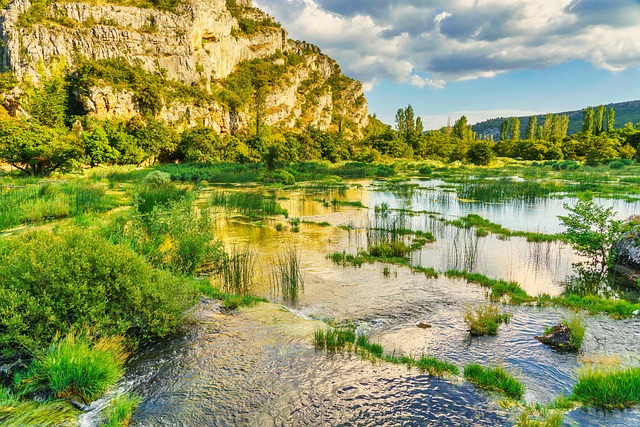
The McKenzie River, a vibrant and bustling waterway in Oregon, is renowned for its rich biodiversity and exceptional fishing opportunities. This scenic river meanders through a diverse landscape, offering a variety of habitats that support a thriving ecosystem, especially for fish species. Understanding the intricate web of factors shaping this environment is key to effective McKenzie River fishing conservation. The river’s unique characteristics include shallow rapids, deep pools, and lush riparian zones, each providing specific niches for various fish populations to thrive.
These habitats are integral to the life cycle of numerous fish species, from the iconic Chinook salmon to native trout. Conservation efforts focus on maintaining water quality, preserving critical habitats, and managing human impacts to ensure the river’s ecological balance. By studying and protecting these fish habitats, McKenzie River fishing conservation initiatives aim to preserve the river’s natural beauty and sustain its role as a vital resource for both wildlife and recreational anglers.
Historical Fish Population Data: Trends and Challenges
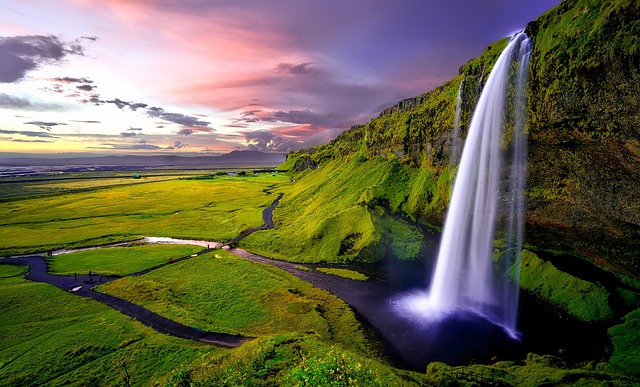
Historical data on fish populations in the McKenzie River reveals a complex narrative of trends and challenges over time. Early records indicate abundant fish diversity, with species like trout, salmon, and bass thriving in the river’s pristine waters. However, as human activities expanded along the riverbank, the ecosystem faced significant pressures. Industrialization, agriculture, and urban development led to water pollution, habitat destruction, and the introduction of invasive species, all of which negatively impacted fish populations over the decades.
These historical trends highlight the delicate balance between natural ecosystems and human interventions. Conservation efforts in recent years have focused on restoring habitats, implementing fishing regulations, and managing invasive species to ensure the long-term health of the McKenzie River’s fisheries. By studying these historical data points, researchers and conservationists can better understand the effects of past actions and make informed decisions for the sustainable management of McKenzie River fishing conservation.
Impact of Environmental Factors on Fish Health and Abundance
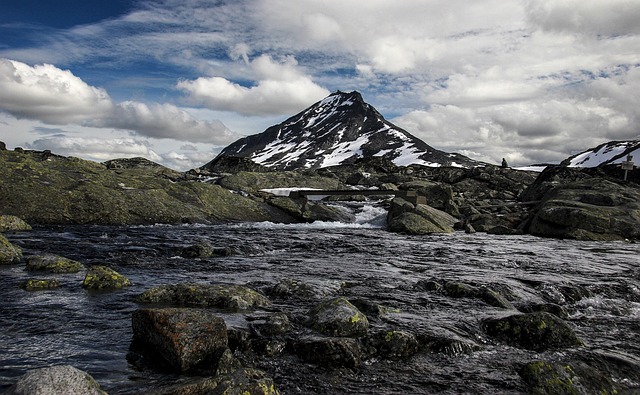
The health and abundance of fish populations in the McKenzie River are significantly influenced by a range of environmental factors. Water quality, temperature, and flow patterns play crucial roles in shaping the habitat suitability for various fish species. For instance, pristine water conditions and steady flow rates are ideal for trout, which are sensitive to pollution and sudden changes in stream dynamics. Conversely, warmer temperatures can favor salmon runs but also increase stress levels in cold-water species.
Conservation efforts focused on McKenzie River fishing must consider these variables to ensure sustainable populations. Managing water quality through source protection and minimizing anthropogenic disturbances helps maintain the river’s ecological balance. Additionally, implementing flow regulation strategies that mimic natural patterns can benefit diverse fish communities, supporting both commercial and recreational McKenzie River fishing activities while preserving the river’s biodiversity.
Current Conservation Efforts and Their Effectiveness

The McKenzie River, renowned for its vibrant fish populations, has been the focus of intense conservation efforts in recent years. These initiatives aim to protect and restore the river’s ecosystem, ensuring the sustainability of its fishing industry. One key strategy involves habitat restoration projects, where volunteers and environmental organizations work tirelessly to clear debris, enhance riffles, and create shallow areas that provide ideal breeding grounds for various fish species.
The effectiveness of these conservation measures is evident in the recent studies showing a significant increase in native fish diversity and abundance along the river. Stringent regulations, such as catch-and-release policies and size limits, have also played a crucial role in maintaining healthy fish populations. As a result, anglers can now enjoy sustainable McKenzie River fishing while contributing to the long-term preservation of this valuable natural resource.
Community Involvement and Collaboration for Sustainable Fishing

Community involvement and collaboration are vital aspects of sustainable fishing practices along the McKenzie River. Local fishing communities play a crucial role in conserving the rich fish population by actively participating in research and monitoring initiatives. Through partnerships with environmental organizations, government agencies, and academic institutions, these communities ensure that their traditional fishing methods remain harmonious with the river’s ecosystem.
Engaging folks from diverse backgrounds fosters a shared understanding of the ecological importance of the McKenzie River. This collaborative approach promotes responsible fishing habits, helps track changes in fish populations, and enables informed decisions to protect the delicate balance of the river’s biodiversity. Together, these efforts contribute to the long-term health and sustainability of the region’s precious fishing resources.
Future Research Directions and Long-Term Monitoring Strategies
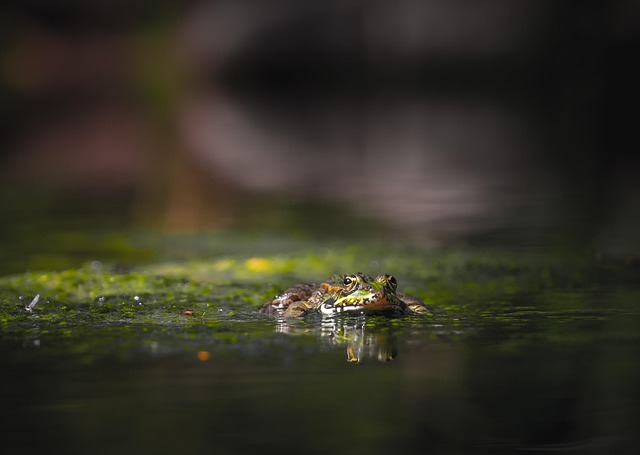
Future research should focus on understanding the long-term effects of climate change and human activities on the river’s ecosystem, particularly in relation to fish migration patterns and water quality. Implementing more robust monitoring systems can help track changes in fish populations over time, providing crucial data for conservation efforts.
Long-term monitoring strategies could involve regular surveys at key locations along the McKenzie River to assess fish diversity, abundance, and health. Additionally, studying the interactions between fish species and their environment, such as spawning habits and habitat preferences, will offer insights into effective protection measures. Collaborating with local communities, anglers, and conservation groups can also ensure that research is tailored to address pressing concerns regarding McKenzie River fishing conservation.


